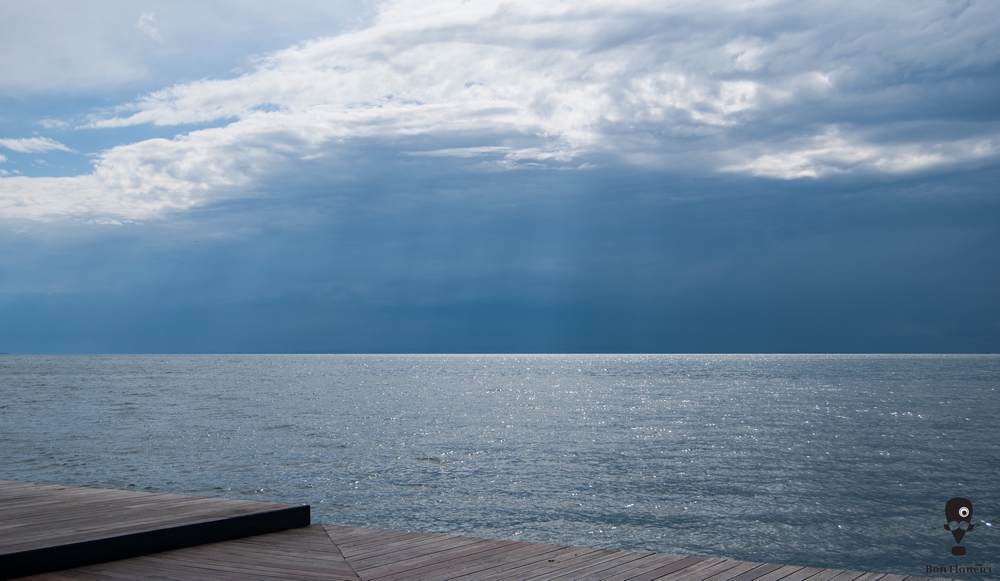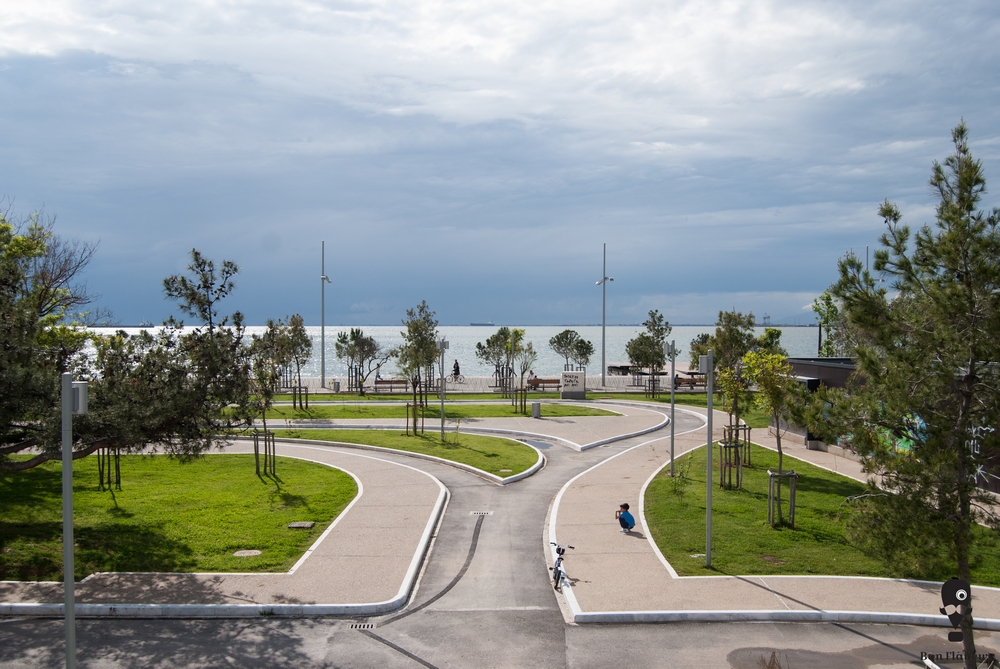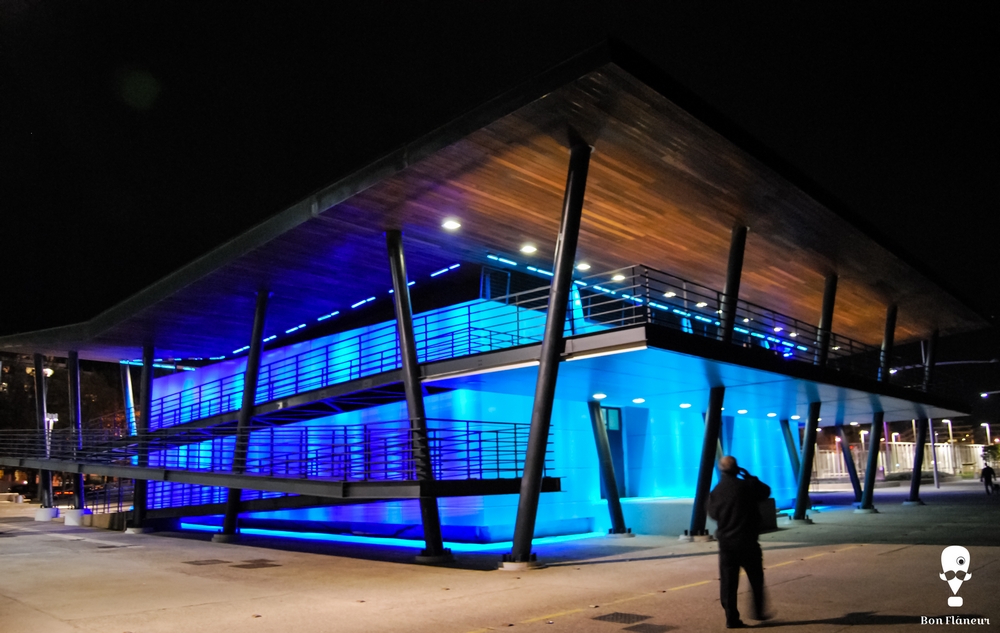New Seafront
Despite the different thematic gardens, the New Seafront has single architectural features that are insured with extensive use of water and tree plantings.
Location
Timeline
Modern and Contemporary era (1912 - )
1954 Beginning of embankment.
1973 Completion of embankment.
2005 Reformation works started around the White Tower and were completed 3 years later.
2013 Completed in its entirety and opened to the public.






















Share